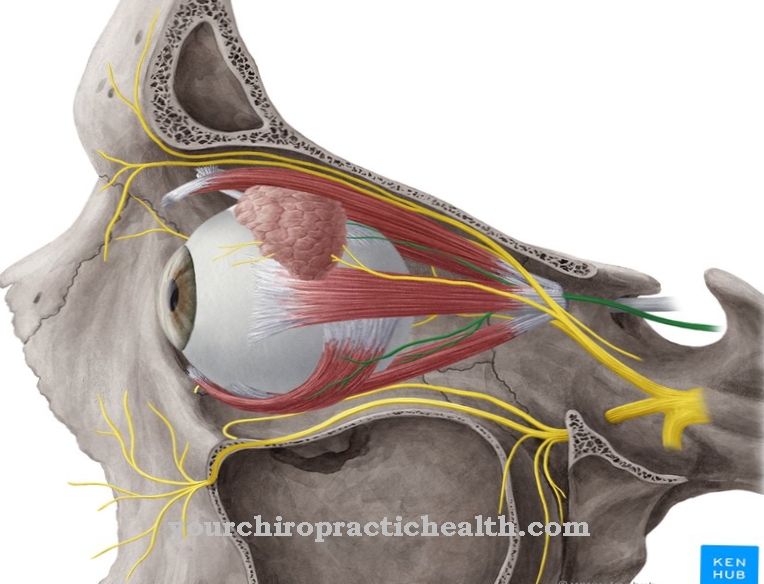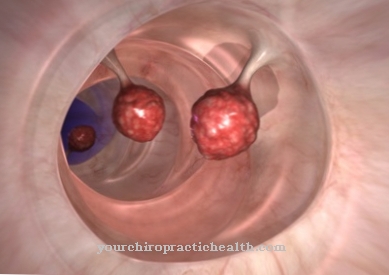Every cell in the human organism needs oxygen. This comes from the outside with the help of the breathing into the body, where it is processed directly.
The breathing mechanism happens unconsciously, humans don't have to control it.
As soon as areas of the body show an insufficient supply of oxygen, serious consequences threaten. That is why it is important that the breathing runs flawlessly.
What is breathing
The breathing takes place for the most part in the lungs. Previously, the air was taken in through the nose or mouth. It is preferable to breathe through your nose. The tiny hairs warm up the air and filter it from very coarse dirt; this function is no longer available when breathing through the mouth.
Finally, gas exchange takes place in the lungs themselves. The air bubbles, which are also called alveoli, are particularly important for this. As the fresh oxygen gets into the bloodstream, the carbon dioxide is released into the air, which eventually makes people breathe it out.
Mammals cannot survive without proper breathing. A lack of oxygen damages different areas. Damage to the brain is particularly serious. This cannot be reversed. Therefore, after an accident, for example, it may be necessary to use artificial respiration as quickly as possible.
process
Different areas are anatomically important for breathing. First of all, the lungs are decisive. This has millions of tiny air bubbles, the alveoli. The gas exchange takes place here. Before that, however, the air has to get into the body. This is done through the upper respiratory tract, nose and oral cavity.
The sinuses, pharynx, and larynx also belong to the upper respiratory tract category. In addition, the body has protective devices that filter the air. The nasal hairs clean dirt, while the throat and tonsils serve as a defense against infection. The air enters the lungs through the windpipe.
Different muscles ensure that the air flows into and out of the body in a controlled manner. These include, for example, the diaphragm, but also parts of the abdominal muscles. A general distinction is made between inhalation and exhalation muscles.
The bronchial muscles ultimately ensure that the air is optimally distributed. This is a smooth muscle. This works without the need for control from the brain. The muscle contractions take place independently.
Function & tasks
The process of breathing is vital. Cells need oxygen for their metabolic processes. At the same time, carbon dioxide is produced, which has to be removed from the body. The oxygen that has just entered the body finally reaches the blood, which brings the substance to the cells as a means of transport.
In exchange, these give off their carbon dioxide, which in turn is carried to the lungs by the blood. So the main task of breathing is gas exchange. This is responsible for healthy oxygen levels in the body. If there is a deficiency, however, the body functions can no longer work.
Instead, it is possible that cells die and thus organs stop functioning completely. Without oxygen intake, humans would not be able to live. Breathing is regulated by various mechanisms. There are processes that cause breathing to occur unconsciously. These ensure gas exchange even at night.
In addition, the respiratory muscles ensure that the air inflow and outflow can take place at all. The diaphragm also belongs to the respiratory muscles. This has the most important task in the entire anatomical breathing process. The diaphragm is a muscle that sits between the chest and the bowels of the abdomen and is attached to the spine at the same time.
By tensing the diaphragm, the volume increases in the chest and at the same time in the lungs. This mechanism means that the pressure inside the lungs is lower than that in the environment. The negative pressure creates a driving force for the air, which enters the lungs during inspiration.
The diaphragm is also at least partially responsible for exhalation. As soon as this relaxes, the pressure in the lungs increases and the air is pushed outwards. The exhalation muscles are decisive here. These include, for example, the abdominal muscles.
You can find your medication here
➔ Medicines for shortness of breath and lung problemsAilments & illnesses
There are numerous possible ailments and diseases that can affect breathing. It is possible, for example, to choke while eating and "inhale" the leftover food. This is the case when the protective epiglottis is not closed while swallowing.
Instead, the food debris gets into the windpipe, which can lead to shortness of breath. Eating too quickly can be to blame here, but neurological diseases cannot be ruled out either. If the residues are not removed properly and immediately, serious consequences threaten.
Pneumonia can also restrict breathing. This is very often caused by bacteria, which are responsible for filling the alveoli with inflammatory infiltrates. As a result of such a process, the affected alveoli can no longer participate in the gas exchange. Most pneumonia only affects individual sections.
In addition to physical conditions, the psyche can also play a role in the development of complaints. This is the case, for example, with hyperventilation. Triggered by a panic attack, those affected begin to breathe harder.
More oxygen enters the body than it needs or can process. The faster breathing releases more carbon dioxide, which in turn increases the pH in the body. This results in poor blood circulation in the hands, for example, but also in the brain.

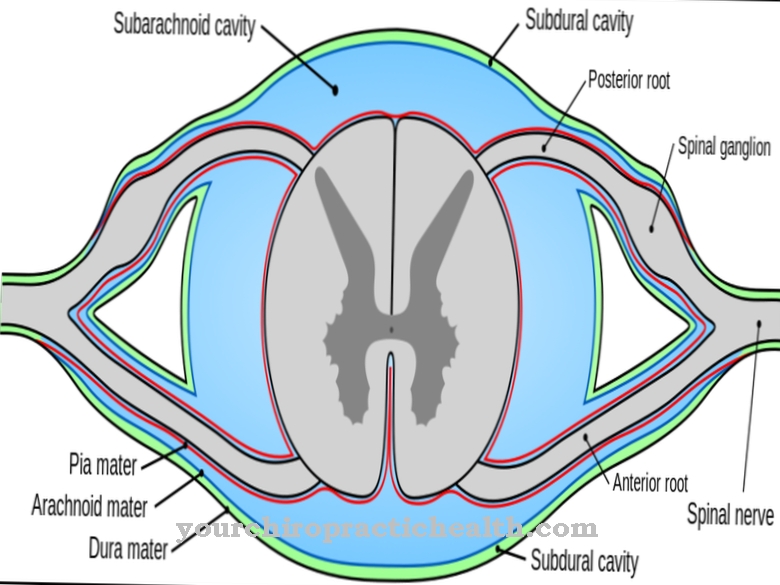




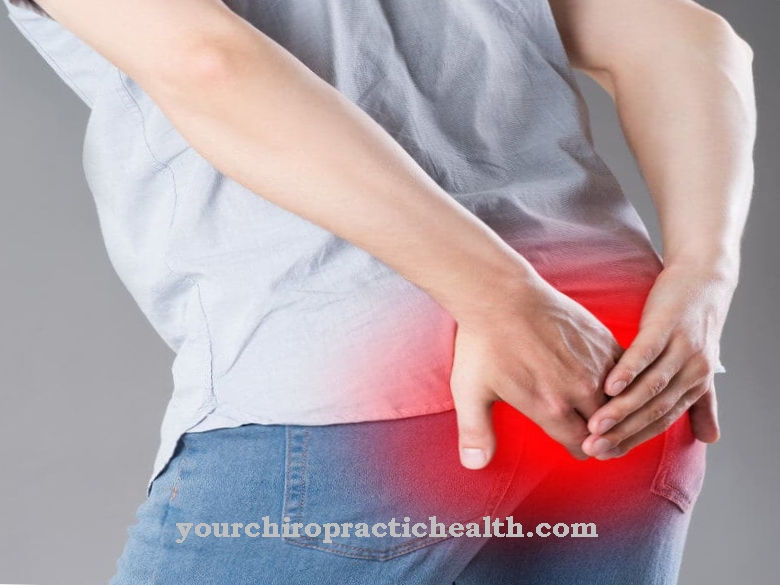

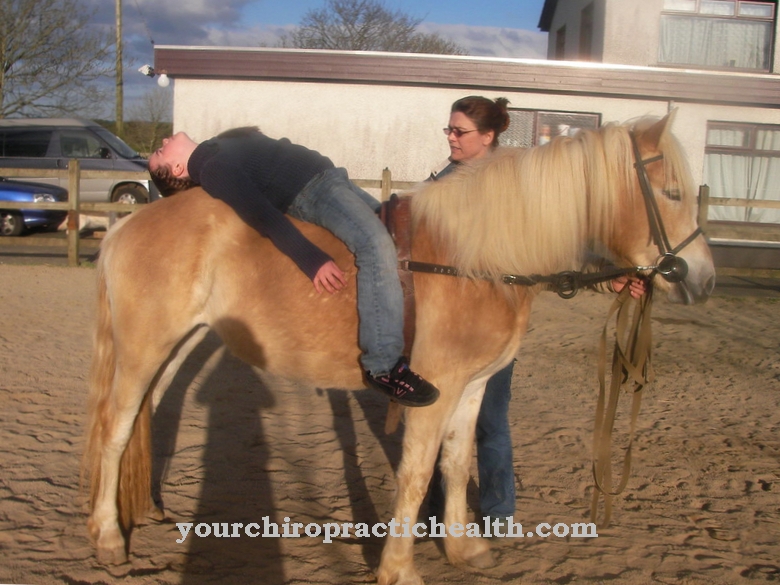




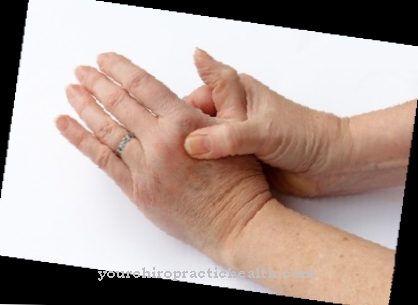
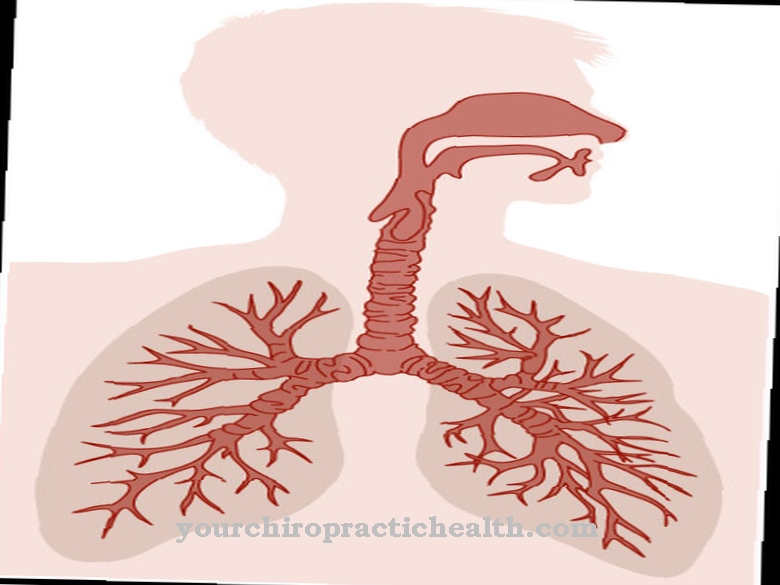
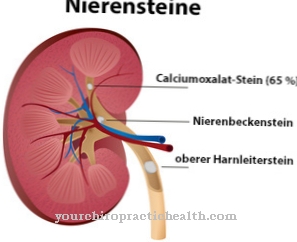



.jpg)

.jpg)


.jpg)
